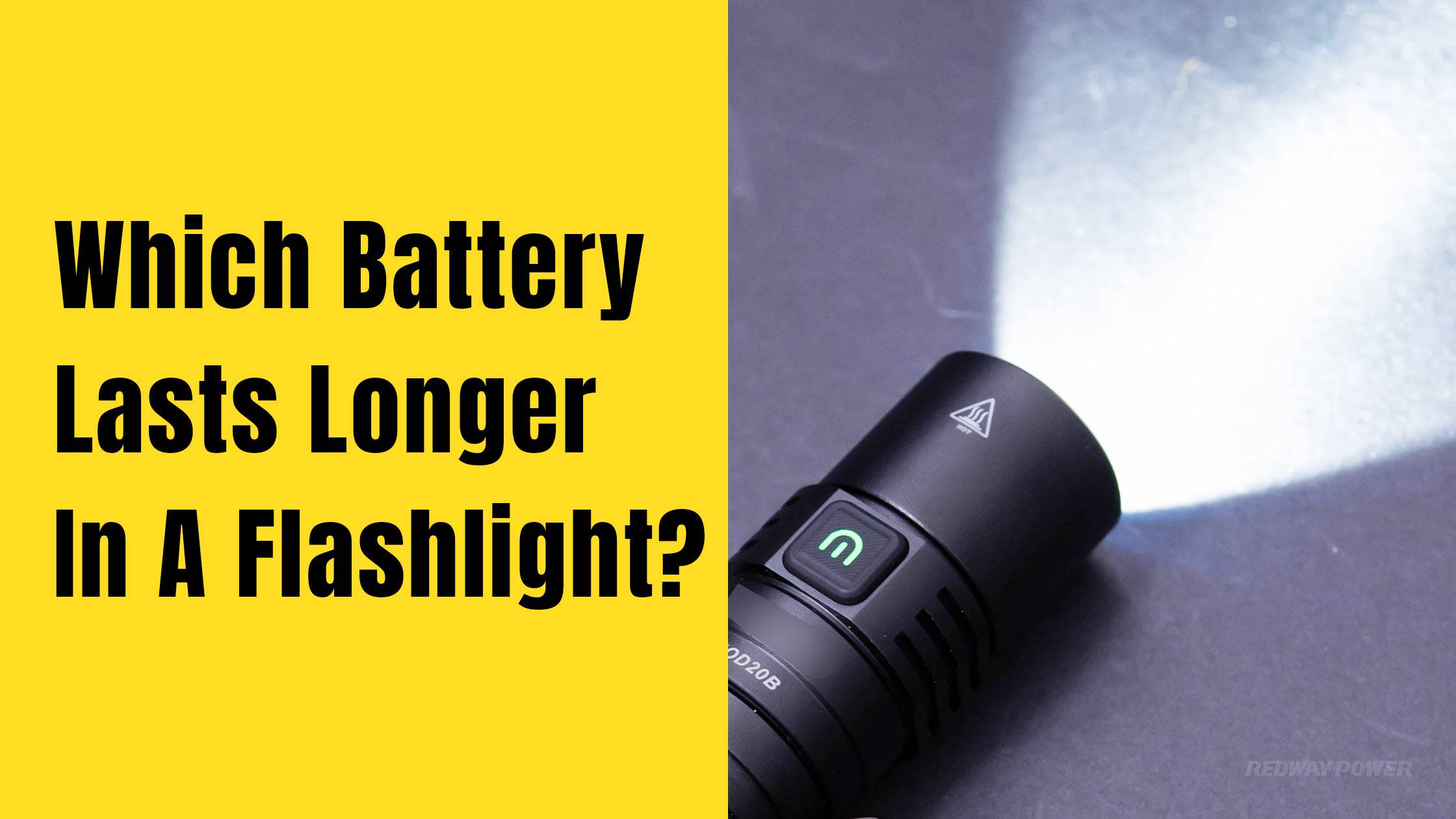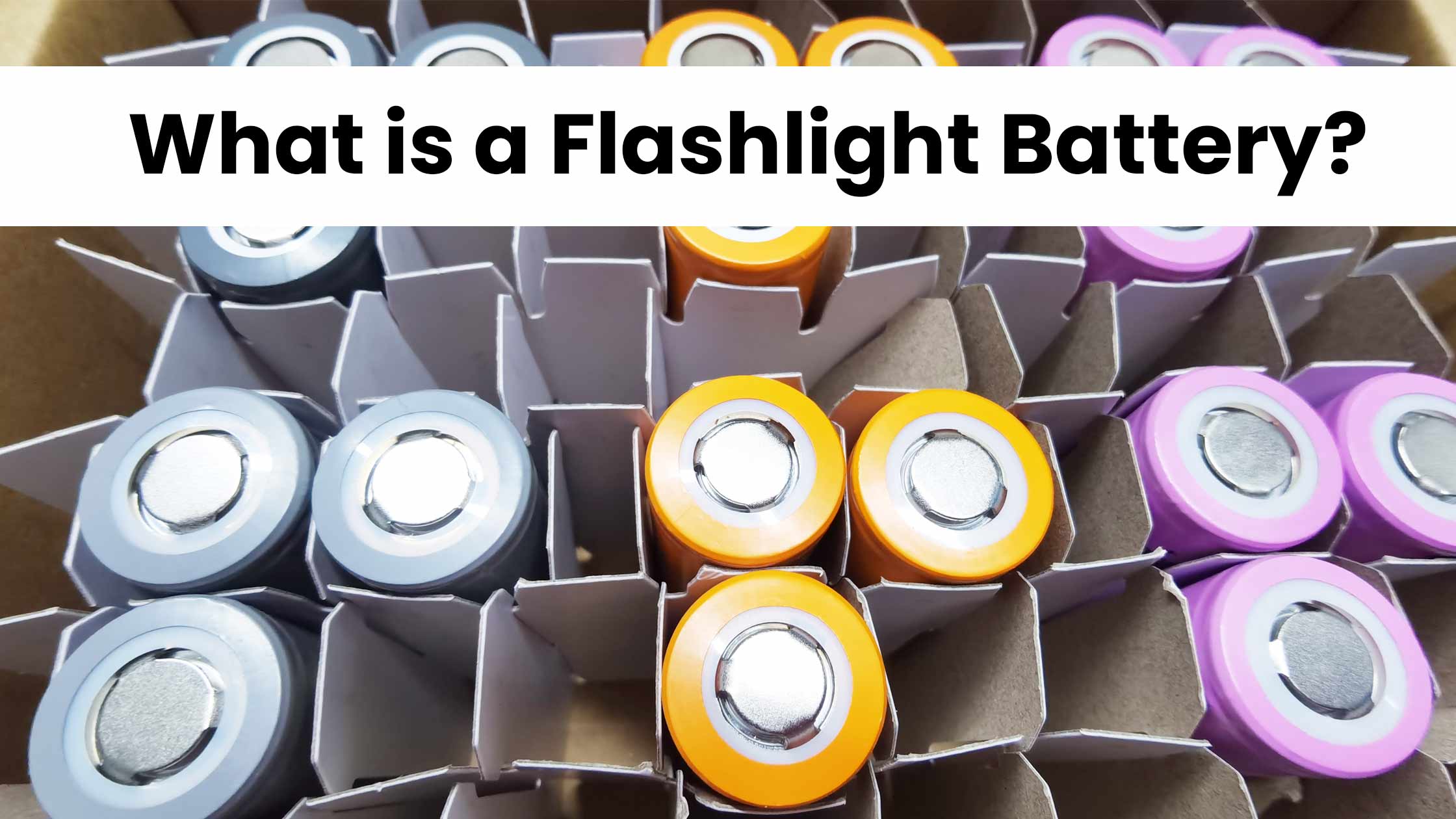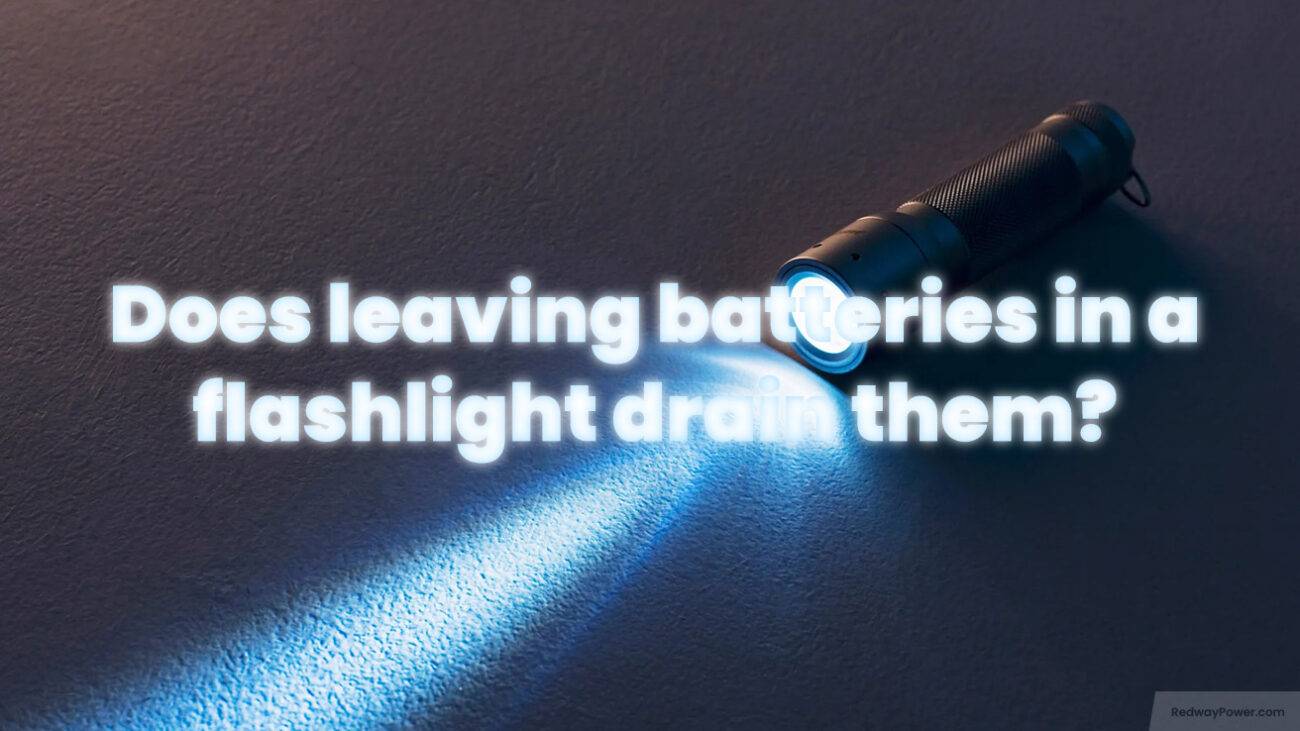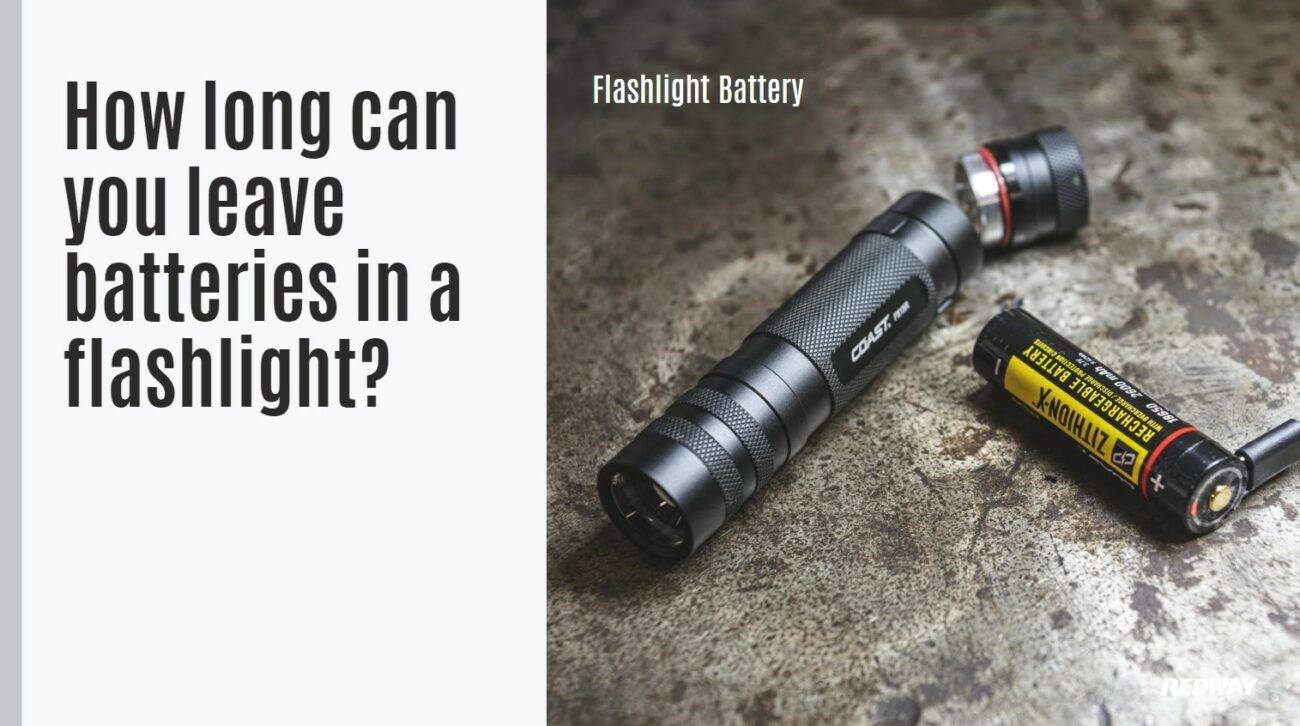- Lithium Golf Cart Battery
- Forklift Lithium Battery
-
48V
- 48V 210Ah
- 48V 300Ah
- 48V 420Ah (949 x 349 x 569 mm)
- 48V 420Ah (950 x 421 x 450 mm)
- 48V 456Ah
- 48V 460Ah (830 x 630 x 590 mm)
- 48V 460Ah (950 x 421 x 450 mm)
- 48V 460Ah (800 x 630 x 600 mm)
- 48V 460Ah (820 x 660 x 470 mm)
- 48V 500Ah
- 48V 560Ah (810 x 630 x 600 mm)
- 48V 560Ah (950 x 592 x 450 mm)
- 48V 600Ah
- 48V 630Ah
-
48V
- 12V Lithium Battery
12V 150Ah Lithium RV Battery
Bluetooth App | BCI Group 31
LiFePO4 Lithium
Discharge Temperature -20°C ~ 65°C
Fast Charger 14.6V 50A
Solar MPPT Charging - 24V Lithium Battery
- 36V Lithium Battery
- 48V Lithium Battery
-
48V LiFePO4 Battery
- 48V 50Ah
- 48V 50Ah (for Golf Carts)
- 48V 60Ah (8D)
- 48V 100Ah (8D)
- 48V 100Ah
- 48V 100Ah (Discharge 100A for Golf Carts)
- 48V 100Ah (Discharge 150A for Golf Carts)
- 48V 100Ah (Discharge 200A for Golf Carts)
- 48V 150Ah (for Golf Carts)
- 48V 160Ah (Discharge 100A for Golf Carts)
- 48V 160Ah (Discharge 160A for Golf Carts)
-
48V LiFePO4 Battery
- 60V Lithium Battery
-
60V LiFePO4 Battery
- 60V 20Ah
- 60V 30Ah
- 60V 50Ah
- 60V 50Ah (Small Size / Side Terminal)
- 60V 100Ah (for Electric Motocycle, Electric Scooter, LSV, AGV)
- 60V 100Ah (for Forklift, AGV, Electric Scooter, Sweeper)
- 60V 150Ah (E-Motocycle / E-Scooter / E-Tricycle / Tour LSV)
- 60V 200Ah (for Forklift, AGV, Electric Scooter, Sweeper)
-
60V LiFePO4 Battery
- 72V~96V Lithium Battery
- Rack-mounted Lithium Battery
- E-Bike Battery
- All-in-One Home-ESS
- Wall-mount Battery ESS
-
Home-ESS Lithium Battery PowerWall
- 24V 100Ah 2.4kWh PW24100-S PowerWall
- 48V 50Ah 2.4kWh PW4850-S PowerWall
- 48V 50Ah 2.56kWh PW5150-S PowerWall
- 48V 100Ah 5.12kWh PW51100-F PowerWall (IP65)
- 48V 100Ah 5.12kWh PW51100-S PowerWall
- 48V 100Ah 5.12kWh PW51100-H PowerWall
- 48V 200Ah 10kWh PW51200-H PowerWall
- 48V 300Ah 15kWh PW51300-H PowerWall
PowerWall 51.2V 100Ah LiFePO4 Lithium Battery
Highly popular in Asia and Eastern Europe.
CE Certification | Home-ESS -
Home-ESS Lithium Battery PowerWall
- Portable Power Stations
Which Battery Lasts Longer in a Flashlight?

When choosing a flashlight, understanding which battery lasts longer is crucial for ensuring reliable performance. Typically, lithium-ion batteries, particularly the 18650 type, provide the longest runtime in flashlights, often lasting significantly longer than alkaline or nickel-metal hydride (NiMH) batteries. This article explores various battery types and their performance in flashlights.
What types of batteries are commonly used in flashlights?
Flashlights typically use several types of batteries, including:
- Alkaline Batteries: Commonly AA or AAA; affordable but shorter lifespan.
- NiMH Batteries: Rechargeable and environmentally friendly; moderate lifespan.
- Lithium-Ion Batteries: Rechargeable, high energy density; ideal for high-performance flashlights.
- Lithium Primary Batteries: Non-rechargeable but long-lasting; suitable for infrequent use.
Chart: Common Battery Types in Flashlights
| Battery Type | Characteristics | Typical Lifespan |
|---|---|---|
| Alkaline | Affordable, widely available | 1 to 7 hours |
| NiMH | Rechargeable, moderate capacity | 2 to 5 hours |
| Lithium-Ion | High capacity, fast charging | 10 to 50 hours |
| Lithium Primary | Long shelf life, non-rechargeable | Up to 10 years |
How does battery type affect flashlight runtime?
The type of battery used directly impacts how long a flashlight can run:
- Alkaline Batteries: Generally provide shorter runtimes due to lower energy density.
- NiMH Batteries: Offer better performance than alkaline but still fall short compared to lithium-ion.
- Lithium-Ion Batteries: Deliver superior performance and longer runtimes, especially under high-drain conditions.
What is the average runtime for different battery types in flashlights?
Average runtimes vary significantly by battery type and usage settings:
- Alkaline AA/AAA: Approximately 1.5 to 7 hours depending on output settings.
- NiMH AA/AAA: Typically lasts about 2 to 5 hours.
- Lithium-Ion (18650): Can last from 10 to over 50 hours based on usage mode.
Chart: Average Runtime by Battery Type
| Battery Type | Low Mode Runtime | High Mode Runtime |
|---|---|---|
| Alkaline | Up to 30 hours | 1.5 to 7 hours |
| NiMH | Up to 15 hours | 2 to 5 hours |
| Lithium-Ion | Up to 220 hours (low) | Up to 50 hours |
How can I maximize the battery life of my flashlight?
To extend your flashlight’s battery life:
- Use Lower Brightness Settings: Whenever possible, operate on low or medium settings.
- Regular Maintenance: Keep contacts clean and ensure proper sealing against moisture.
- Proper Storage: Store batteries at optimal temperatures and avoid extreme heat or cold.
What factors influence flashlight battery life?
Several factors can affect how long a flashlight runs:
- Battery Capacity (mAh): Higher capacity batteries generally last longer.
- Lumens Output: Higher lumens mean brighter light but shorter runtimes.
- Environmental Conditions: Temperature extremes can reduce efficiency and lifespan.
How do lumens output affect battery duration?
Lumens output directly correlates with how quickly a battery depletes:
- Low Output (under 40 lumens): Can run for many hours (up to 60).
- Medium Output (40 – 400 lumens): Typically lasts around 15 hours at lower settings but drops significantly at higher outputs (as low as 2 hours).
Chart: Lumens Output vs. Runtime
| Lumens Output | Estimated Runtime |
|---|---|
| Under 40 | Up to 60 hours |
| Between 40 – 400 | Varies (15 hours low) |
| Above 400 | As low as 2 hours |
Industrial News
The flashlight industry continues to evolve with innovations in LED technology and rechargeable batteries. Recent trends show an increasing preference for lithium-ion batteries due to their longevity and efficiency compared to traditional alkaline options. Manufacturers are also focusing on creating sustainable products that offer both performance and environmental benefits.
Redway Power Insights
“Choosing the right battery type for your flashlight is crucial for maximizing its performance,” states an expert from Redway Power. “Lithium-ion batteries not only provide longer runtimes but also enhance overall usability, making them ideal for both everyday carry and emergency situations.”
FAQ Section
Which type of battery lasts longest in a flashlight?
Lithium-ion batteries, particularly the 18650 type, typically last the longest due to their high energy density.How long do alkaline batteries last in a flashlight?
Alkaline batteries generally provide runtimes between 1.5 to 7 hours depending on usage settings.What factors should I consider when choosing a flashlight battery?
Consider capacity (mAh), lumens output, environmental conditions, and whether you prefer rechargeable or disposable options.

Why replace promptly a damaged over-discharged cell?
Can Li-ion batteries catch fire from over-discharge alone?
How long to leave a battery in a flashlight without use?
What’s the practice for handling over-discharged unknown period batteries?
Is it safe to charge an over-discharged battery?















